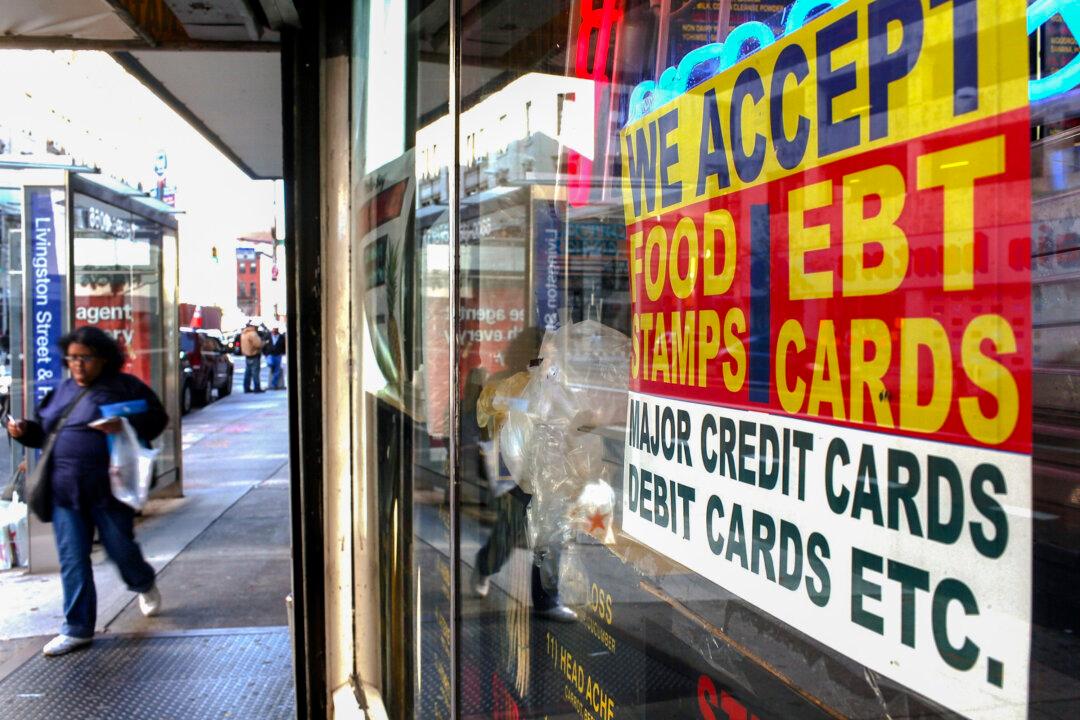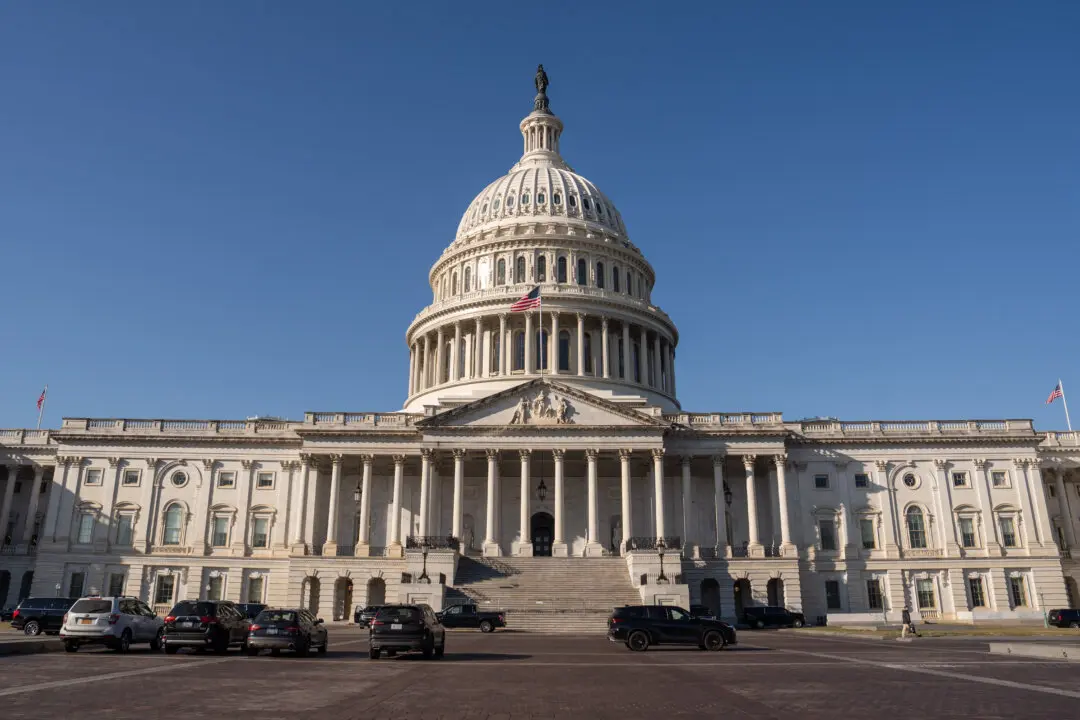The U.S. Department of Agriculture’s (USDA) $25.1 billion Fiscal Year 2025 (FY25) budget request is $2.2 billion more, or 8.7 percent higher than its recently adopted FY24 spending plan and requests $7.7 billion for its Special Supplemental Nutrition Program for Women, Infants, and Children (WIC).
“That’s $700 million above the recently-enacted FY24 level, which was already $1 billion over FY23,” said Rep. Andy Harris (R-Md.), chair of the House Appropriations Committee’s Agriculture, Rural Development, Food and Drug Administration Subcommittee during a three-hour March 21 budget hearing.





